The lambs are the valuable parts of the sheep farms. Healthy lambs can lead to a profitable farm. The lambs are vulnerable to many diseases after birth due to a lack of protective antibiotics. The newborn lambs received maternal antibodies from the colostrum of the mother ewe. You must ensure colostrum feeding within 24/48 hours after the birth of lams. This maternal antibody will prevent many lamb diseases.
Most Common Lamb Diseases
Lamb diseases are widespread during the first few days of life. Lamb diseases are very dangerous and cause a considerable loss of newborn lambs. If you know the possible conditions, you can take preventive measures independently. In my article, I shall discuss the most common lamb diseases that will help you prevent them at the farm level.
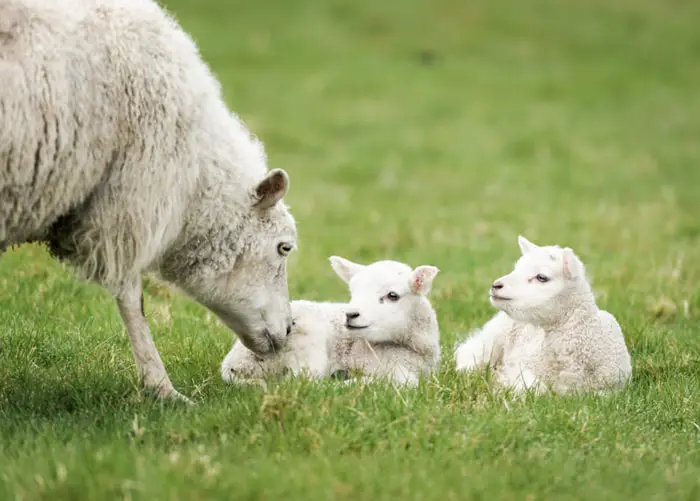
1. Scabby Mouth
Scabby mouth is a highly infectious and contagious viral disease in young labs under one year. The organism enters the host by minor wounds or aberrations in the mouth and lips. The infection spread from an infected sheep during grazing, direct contact during transportation, overcrowding, and stress conditions. The affected lambs will be unable to feed, weak, dull, and dead.
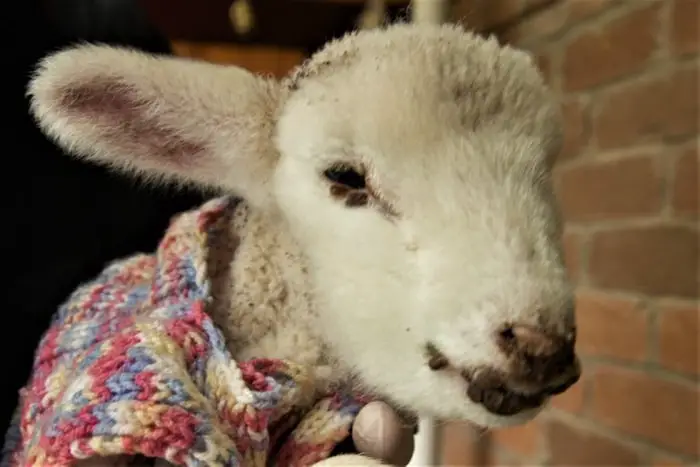
2. Ovine Johne’s Disease
Ovine Johne’s disease (OJD) is a bacterial disease caused by Mycobacterium avium subspecies paratuberculosis. The disease is expanding endemic and widespread disease of the sheep, goats, and lambs. The lambs received the infection from the soil during grazing. The bacteria infects the intestine and prevent the intestinal wall from absorbing nutrients.
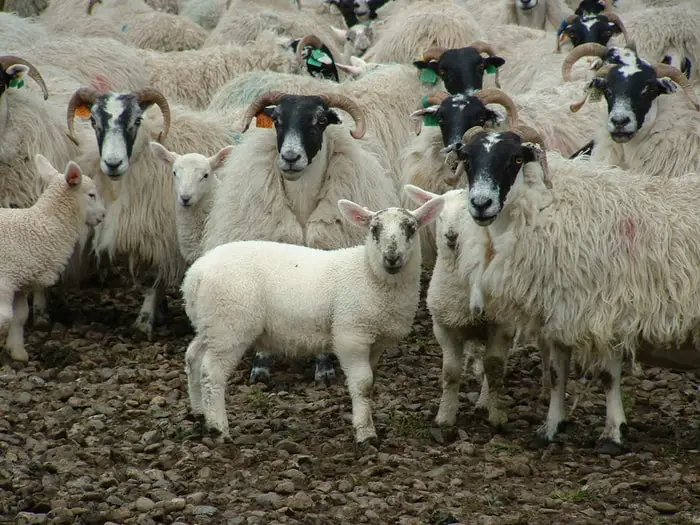
3. Lamb Diseases: Erysipelas Arthritis
Erysipelas arthritis is caused by the soil-born bacteria Erysepelas rhusiopathie. The organism enters through the umbilical cord, cuts the legs’ wounds, and causes lameness and arthritis. The lambs received the infection just after birth when the mother licked the umbilical cord. Erysipelas arthritis can be prevented by ensuring a healthy environment during parturition.
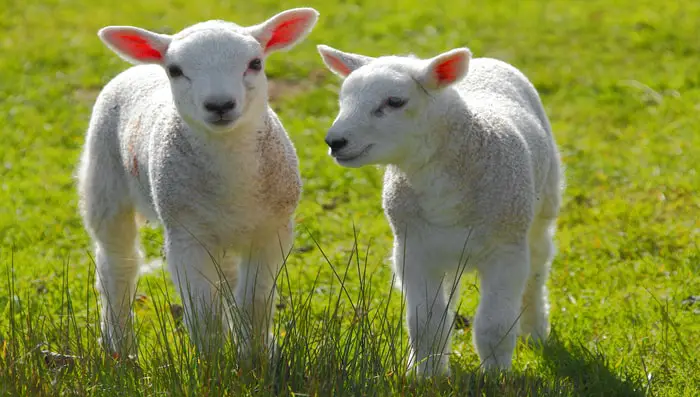
4. Caseous Lymphadenitis (CLA)
Caseous lymphadenitis or CLA is one of the most common bacterial diseases in lambs. The disease affects the immune system of the sheep, especially lymph nodes. The condition is characterized by the formation of pus in lymph nodes. The affected sheep show high temperatures, reluctance, swollen lymph nodes, weakness, and death. You can prevent the disease by scheduling vaccination.
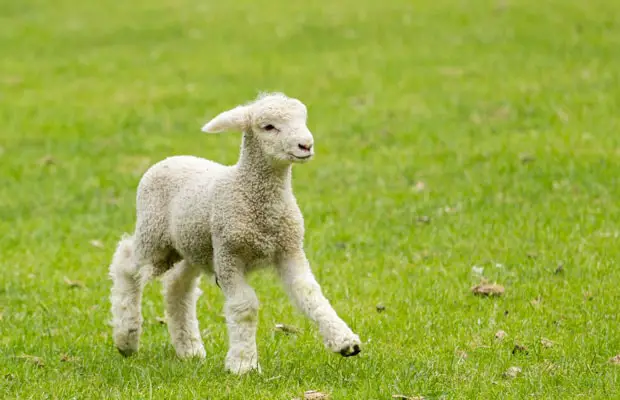
5. Cobalt Deficiency
Cobalt is an essential micromineral in the sheep diet. Excess cobalt is required in sheep during pregnancy, lactation, lambs, and weaning ewes. Vitamin B12 or cyanocobalamine level affects cobalt ingestion in sheep and labs. Cobalt is vital for growth and wool production.
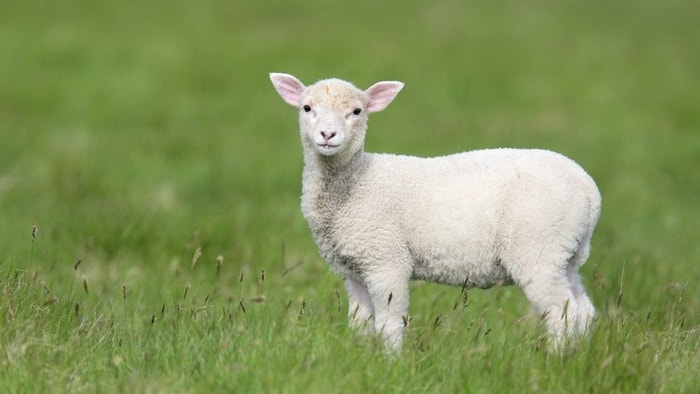
6. Selenium Deficiency
Selenium deficiency or white muscle disease in lambs is common in Australia. The condition is caused by excessive feeding of rapidly growing clover for a longer time. The rainy season is the most vulnerable time for this disease. The disease causes retarded growth, reduced fertility, and a low conception rate in ewes.
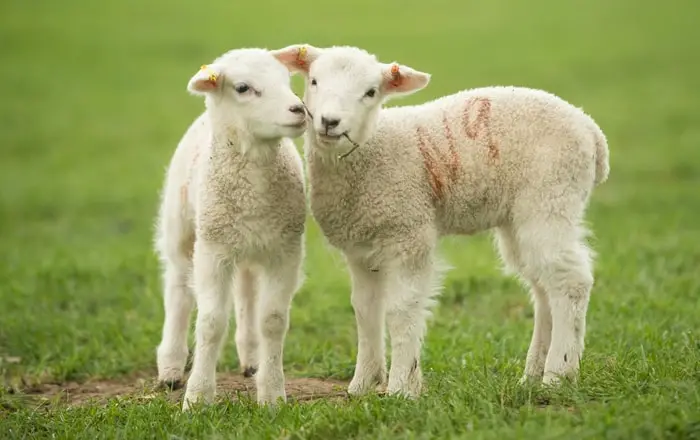
7. Enterotoxemia or Pulpy Kidney Disease
Pulpy kidney disease is a highly fatal disease of sheep caused by Clostridium perfingens type D. The bacteria typically present in the sheep’s gut and affects any stress conditions like overcrowding, transportation, lack of colostrum feeding, and nutrition deficiency. During any sudden change of rumen microflora, there is a rapid production of organisms and toxins. The affected lamb may die within 2-3 hours.

8. Lamb Diseases: Tetanus
Tetanus or lockjaw is caused by the bacteria Clostridium tetani. The bacteria are generally present in the soil and enter through any cut wound in the circulation of lambs. The bacteria produce a neurotoxin that causes sudden death of the lambs. The other signs include stiffness of gait, muscle spasm, and death due to paralysis of breathing muscles.
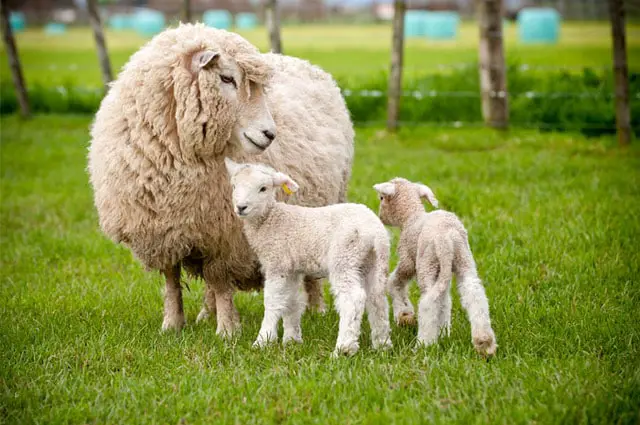
9. Black Diseases in Sheep
Black disease in sheep is caused by a naturally occurring bacteria Clostridium novyi type D. The bacteria are usually found in sheep’s soil and gastrointestinal tract. The organism is deposited in the damaged liver by liver fluke and produces a neurotoxin. The neurotoxin caused the sudden death of the lambs.

10. Lamb Diseases: Blackleg
Blackleg in lambs is caused by Clostridium chauvoei. The organism found naturally is the soil as a spore. The spore enters the host via ingestion and enters the circulation of the infected lambs. The wound, stress, and nutritional deficiencies trigger the disease in lambs. The bacteria localize in the muscle tissues and produce gaseous and gangrenous lesions in the muscle. Sudden death is common in blackleg in lambs.
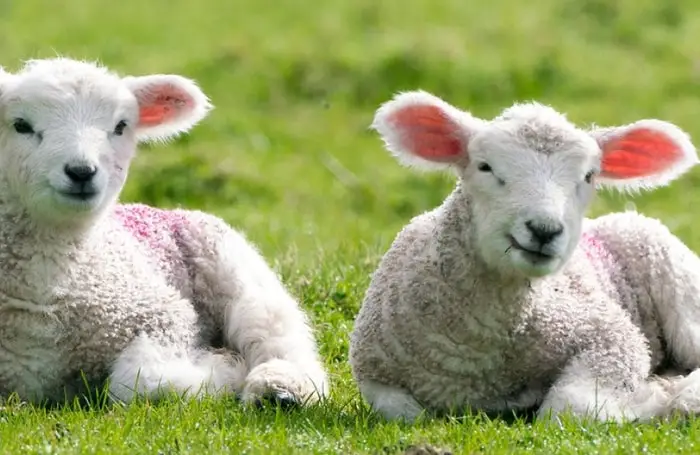
11. Iodine Deficiency or Goiter
Iodine deficiency or goiter in lambs is common in ewes deficiency of iodine in ewe’s diet. The disease causes swollen thyroid glands, difficult respiration, and retarded growth. The disease can be prevented by providing iodine-containing salts, fodder treated with iodine salts, and avoiding grazing of pregnant ewes in risk areas.
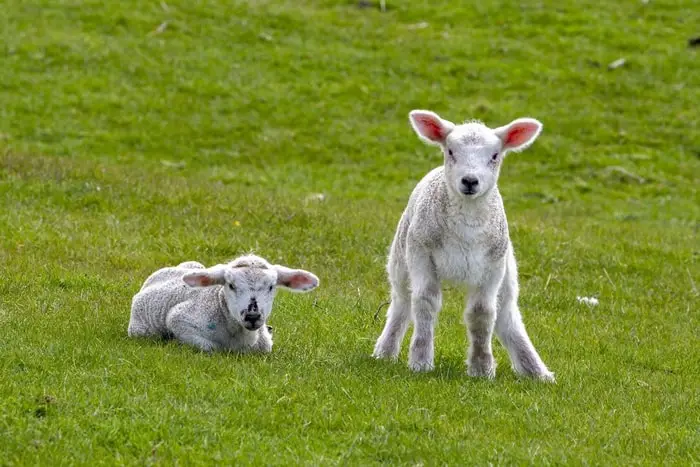
12. Lamb Diseases: Malignant Edema
Malignant edema is caused by Clostridium septicum. The bacteria are also found naturally in the soil of sheep’s environment. The organism enters through an accidental wound, naval ill, fighting injuries of rams, and cut surfaces. The bacteria enters the circulation, produces toxins, and causes the bacteria sudden death.

13. Internal Parasites
Internal parasites are common in lambs with poor hygiene. The newborn lambs can receive few parasites from others through placental transmission or colostrum, an unclean environment, and contaminated pastures. You can prevent parasitic infestation by regular deworming of ewes and lambs, treating ranges, and rotating fields.
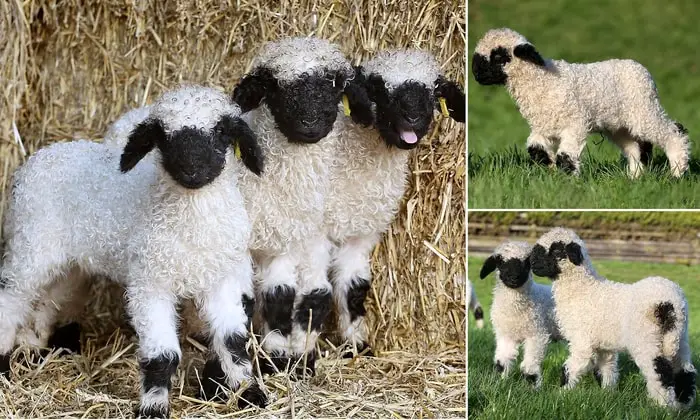
14. Lamb Diarrhea
Lamb diarrhea is one of the most common diseases of lambs. Diarrhea may be caused by bacteria, viruses, fungus, parasites, feeding mismanagement, poor hygiene, mineral deficiency, and immune deficiency. You must be concerned about any stress in young lambs.
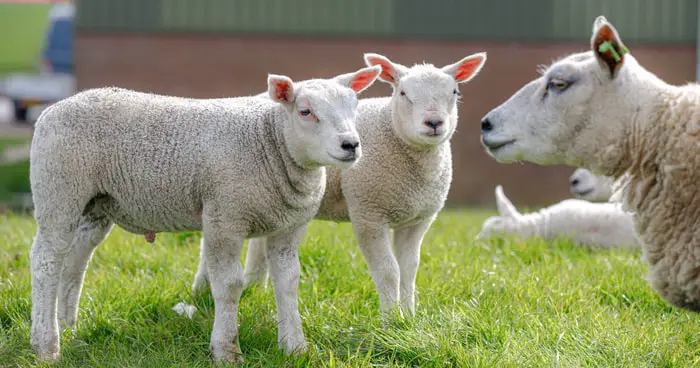
15. Joint Ill /Naval Ill
Joint illness is caused by streptococcus or staphylococcus bacteria. The organism usually is present in the environment and affects the fresh naval. The bacteria pass through the circulation and accumulate in the joints’ synovial cavity.

Concluding Remarks on Lamb Diseases
Lambs are the valuable parts of profitable sheep farms. Healthy and disease-free labs will make your farm healthy and tension free. You must pay special attention to your farm’s young and growing lambs. The lamb diseases and conditions that I have discussed, you must take adequate preventive measures.